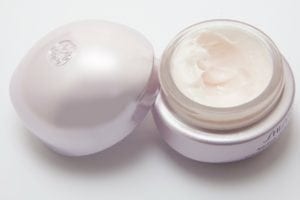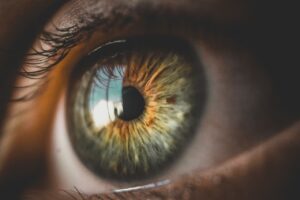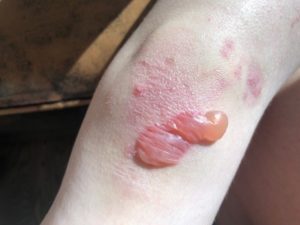Epidermolysis Bullosa (EB)
What is EB?
Epidermolysis bullosa (EB) refers to a group of connective tissue diseases that result in moderate to severe skin blistering. The skin is so delicate that any kind of rubbing can cause blistering.
In the most severe cases, the blisters manifest not only externally, but also internally in places such as the stomach, intestines, esophagus, and in the respiratory system.
There are three main types of EB:
- Epidermolysis bullosa simplex (EBS)
- Widespread blistering of the skin
- Thickened skin on the palms of the hands
- Thickened skin on the soles of the feet
- Junctional epidermolysis bullosa (JEB)
- Large, ulcerative blisters that can become life-threatening
- Thin appearance of the skin
- Dystrophic epidermolysis bullosa (DEB)
- Increased risk of skin cancer
- Primarily occurs on the hands and feet
What is the cause of epidermolysis bullosa?
For a child to have EB, he or she must inherit the defective gene (either KRT5 or KRT14) from both parents. If only one parent has the gene, they are a carrier, and their child has a 50-50 chance of also being a carrier. However, if both parents have the same defective gene, their child is at a much greater risk of being born with EB.
What treatment options are available for EB?
Mild cases of EB often don’t require treatment. However, in more severe cases, extensive treatment is needed to fight or prevent infection. Psychological care and genetic counseling are often recommended.
Where can I find more information about EB?
Epidermolysis Bullosa Articles



ICYMI: Jill and Eddie Vedder Raised Millions to Support EB Research Partnership

A Novel Formulation of Vyjuvek Helped One Teen with DEB Reclaim His Eyesight


Congressman George Santos Apparently Lied About Helping Kids Living with Epidermolysis Bullosa

Model with Epidermolysis Bullosa Champions Self-Love and Body Positivity







